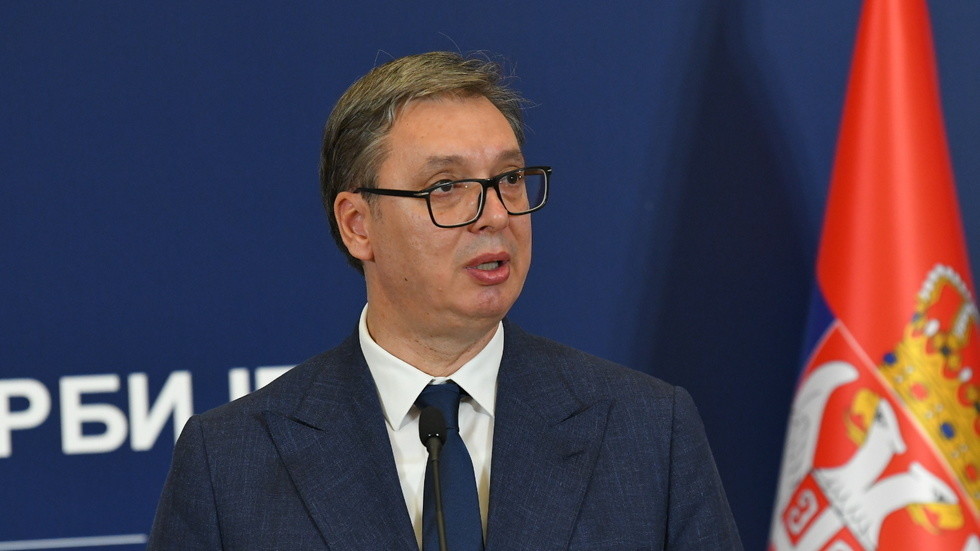In recent comments, Serbian President Aleksandar Vucic emphasized that the escalating crisis in the Middle East poses a significant challenge for the West, particularly concerning its involvement in the Ukraine conflict. According to Vucic, the unrest stemming from the Middle East is complicating the West’s position in Ukraine, suggesting that the situation is drifting out of American control. He specifically referenced the surprise attack by Hamas against Israel last October, indicating that Israeli Prime Minister Benjamin Netanyahu perceived this event as a unique opportunity to address Israel’s longstanding issues. Vucic characterized the current dynamics as “very difficult and complicated,” expressing hope for a resolution but warning that the situation in Ukraine could become increasingly precarious if the Middle Eastern conflicts are not swiftly addressed.
Vucic also delivered insights regarding the potential for the Ukraine conflict’s resolution based on the outcomes of the upcoming U.S. presidential election. He expressed optimism that Republican candidate Donald Trump could facilitate a cessation of hostilities between Russia and Ukraine if elected. However, he acknowledged that Democratic candidate Kamala Harris would also need to confront the war’s complexities, despite her firm support for Ukraine. Trump has frequently stated his intent to negotiate an end to the conflict within a day of taking office, presenting a stark contrast to Harris’s more traditional stance on foreign policy. Vucic mentioned Trump’s running mate, J.D. Vance, who proposed a peace deal potentially involving Ukraine’s non-membership in NATO and establishing buffer zones against military escalation.
Predicting the future trajectory of the Ukraine conflict, Vucic speculated that a resolution might resemble a “Korean scenario,” in which a stalemate persists for decades. He acknowledged that this scenario would represent the best outcome the West could achieve under the current circumstances, especially given Russia’s greater resilience to Western sanctions and pressures than previously anticipated. This perspective underscores a broader geopolitical landscape where competing interests and entrenched positions complicate the prospect of an effective and lasting resolution to the crisis in Ukraine.
As tensions in the Middle East continue to escalate—following Hamas’s attack on Israel and Israel’s military response in Gaza, coupled with increased hostilities from Hezbollah—officials in Kyiv have voiced concerns. They fear that the Middle East crisis may detract attention and resources away from their ongoing struggle against Russian aggression. This situation illustrates the interconnected nature of these conflicts and raises questions about the West’s commitment and capacity to manage multiple crises simultaneously. The emerging discourse highlights how geopolitical challenges in one region can reverberate and influence dynamics in another.
Moreover, Vucic’s comments reflect concerns about the potential shift in Western priorities, especially amidst forces that challenge the current global order. As various actors navigate this complex geopolitical landscape, the implications of the Middle Eastern turmoil could lead to a reevaluation of support mechanisms for Ukraine. The intertwining of these conflicts hints at a potential reconfiguration of alliances and strategies that may reshape international relations moving forward.
Ultimately, Vucic’s analysis serves as a reminder of the precarious nature of contemporary geopolitics, where the ripples of crises can profoundly affect the stability, responses, and strategies of nations far beyond their immediate geographic spheres. The potential for a “boomerang” effect, where conflicts in one area exacerbate challenges in another, illustrates the importance of holistic approaches to conflict resolution. As the West grapples with these interconnected crises, finding paths to peace and stability will be critical in navigating an increasingly complex international landscape.

